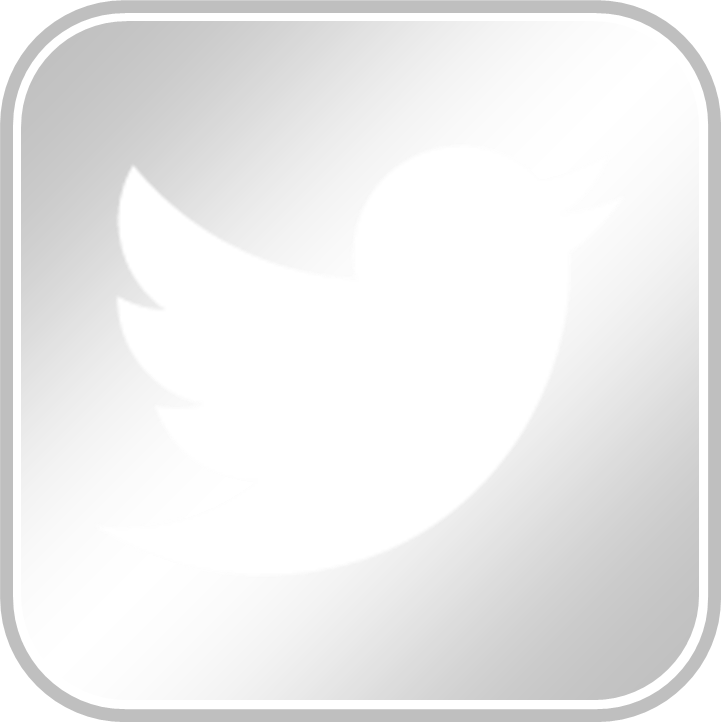Q: I’ve got both vaccinations now. Why do so many people refer to them as “jabs”? Is this something new?
A: No, the use of “jab” in reference to injections isn’t at all new. The usage dates from the late 19th century.
However, as we’ll show later, the Covid-19 pandemic has given the word “jab” (both the noun and the verb) a tremendous boost.
First, some etymology. You might say that “jab” means what it sounds or feels like. It developed as a variant of a late 15th-century word, spelled “job,” that was “apparently imitative of the sound or effect of a stab or prod,” according to the Oxford English Dictionary.
The verb “job” used in this sense appeared in writing somewhat earlier than the noun, according to OED citations. In its earliest use, in 1499, the verb described what a bird does with its bill, but in the 1500s it was used more generally, Oxford says, meaning “to penetrate into, to stab, pierce, or prod at.”
Similarly, in the 1500s the old noun “job” meant “an abrupt stab with the point or end of something; a peck, a thrust, a jab,” the dictionary says. All these uses of “job,” verb and noun, are rare in modern English, Oxford says.
The modern “jab” emerged as a variant spelling of “job” in Scots English in the early 19th century. Oxford labels all uses of “jab”—verb and noun, then and now—as “colloquial or dialect.”
The verb originally meant “to thrust with the end or point of something; to poke roughly; to stab,” the dictionary says, while the noun meant “an act of jabbing; an abrupt blow with something pointed, or (in Boxing slang) with the fist.”
The OED’s earliest examples for the verb and the noun are from the same source, John Jamieson’s Supplement to the Etymological Dictionary of the Scottish Language (1825): “To Jab, to prick sharply,” and “Jab, the act of pricking in this way” [i.e., sharply].
The use of “jab” in connection with injections was bound to come along.
The earliest examples we’ve seen for both the verb and the noun are in “The Hypodermic Syringe,” an article in The Prairie Farmer, a Chicago weekly, Oct. 14, 1882.
The article cites a woman who has been a morphine addict since a doctor treated her for sciatica with injections of the drug. It quotes a dealer of surgical instruments who taught the woman’s husband how to inoculate her himself:
“To administer the injection, you take up a bit of skin between your finger and thumb, jab the needle in and squirt away. It does not hurt at all, not as much as poking a needle into the skin not pinched that way would, but care must be exercised to throw the solution to just the proper depth, or else it is likely to produce hideous ulcers difficult to cure. Well, each of these jabs leaves a little, hard, calloused-like lump.”
The OED’s first citation for the noun used in connection with injections refers to illicit drug use:
“Jab, current amongst morphine and cocaine fiends. A hypodermic injection.” From A Vocabulary of Criminal Slang (1914), by Louis E. Jackson and C. R. Hellyer.
Here’s a later medical use of the noun: “The visitor must … take precautions and submit to a variety of jabs.” From a Liberia Supplement to The Times (London, April 17, 1973).
Oxford’s first example of the verb in this sense is from a 1938 issue of the journal American Speech: “To jab, to take drugs hypodermically.”
And here’s a medical citation from a book of military slang: “Be jabbed, to be inoculated or vaccinated.” From A Dictionary of Forces’ Slang, 1939-1945, by Eric Partridge et al. (1st ed., 1948).
As we said above, the pandemic has given new life to the word—both noun and verb.
A search of the NOW (News on the Web) corpus shows that until late 2020, the use of “jab” had held steady for decades at a quiet frequency of 2 to 3 appearances for every million words. All that changed when uses of “jab” rose sharply in November and December, then skyrocketed during each month of early 2021.
Currently, the NOW corpus figures for the month of April are almost double those for January, at more than 28 per million words—an enormous increase. There’s no question about what’s caused the surge; vaccines were approved at the end of 2020 and made available to the public in 2021. The rise in the use of “jab” has closely tracked these developments.
[Note: This post was updated on March 31, 2023.]
Help support the Grammarphobia Blog with your donation. And check out our books about the English language and more.



